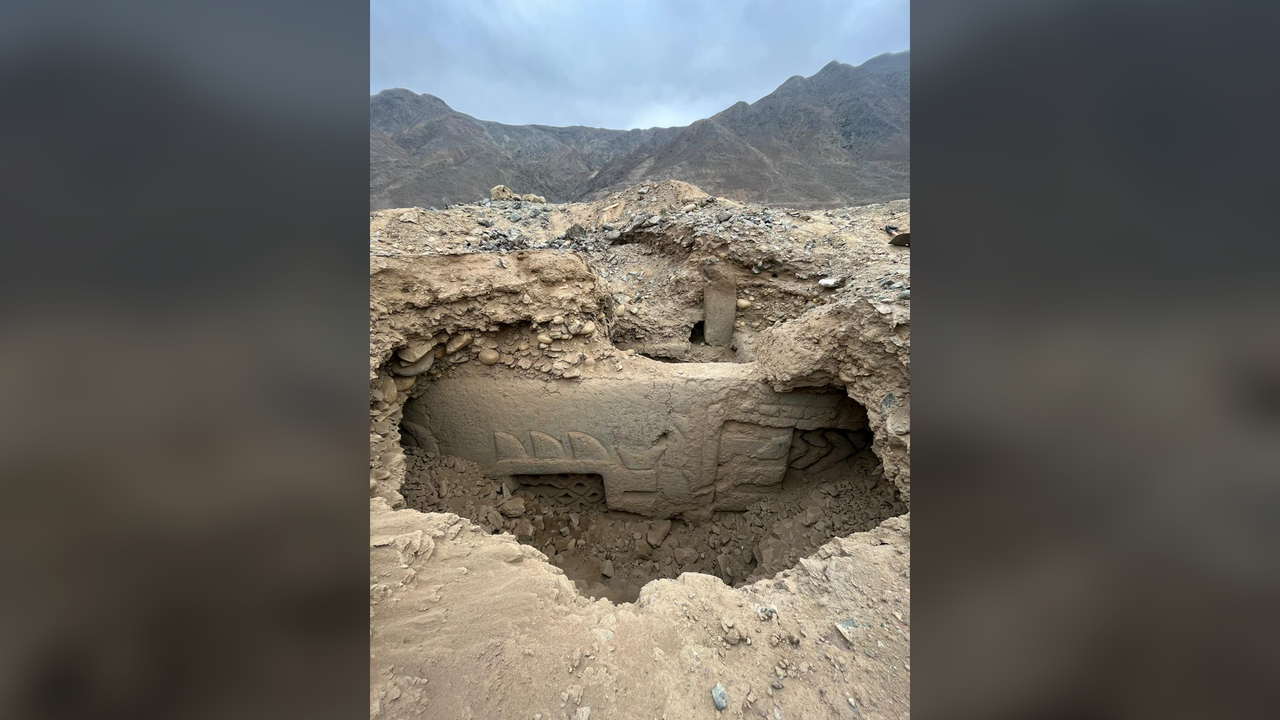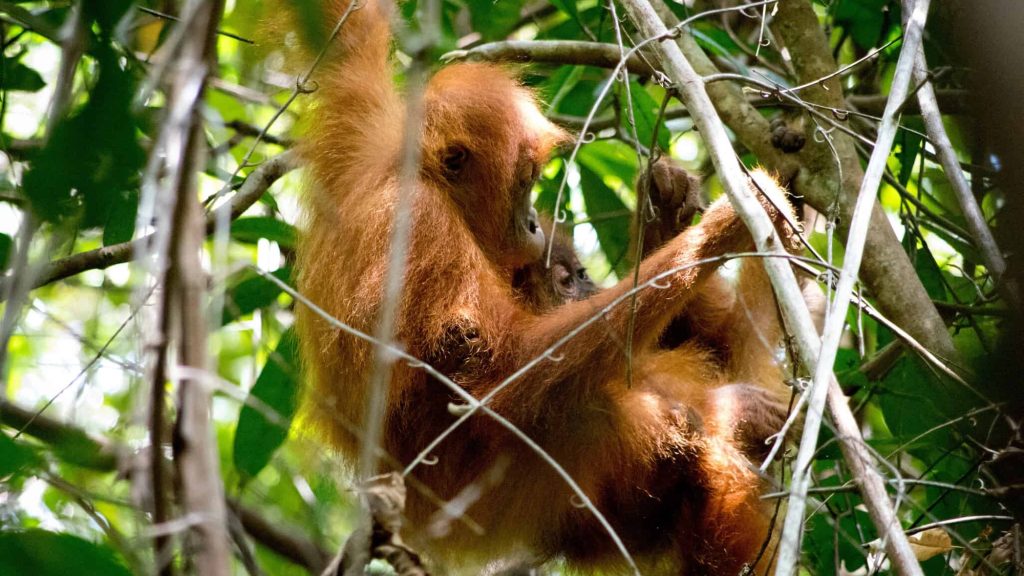Now Reading: 3,000-Year-Old Mural of Fish, Stars, and Gods Unearthed in Peru
-
01
3,000-Year-Old Mural of Fish, Stars, and Gods Unearthed in Peru
3,000-Year-Old Mural of Fish, Stars, and Gods Unearthed in Peru

Quick Summary
- Archaeologists have discovered a 3,000-year-old multicolored mural at Huaca Yolanda on Peru’s northwest coast.
- Painted in blue, yellow, red, and black, the mural depicts fish, stars, mythological beings, plants, and human-like figures resembling shamans.
- The south face features a large bird with outstretched wings and a diamond motif on its head; the north side has coastal imagery like fishing nets alongside other designs.
- The mural measures nearly 20 feet (6 meters) long and 9.5 feet (2.9 meters) tall and decorated interior spaces within a temple from the Formative Period (2000-1000 B.C.).
- Unlike murals found at Chavín de Huántar in the highlands-which emphasize jungle predators-the Huaca Yolanda mural reflects coastal artistic traditions tied to fishing communities.
- Huaca Yolanda is not officially protected as an archaeological site; researchers advocate for preservation efforts by Peruvian cultural institutions.
Indian Opinion Analysis
This discovery sheds light on early socio-political complexities that shaped some of humanity’s oldest civilizations near coastal zones-territories frequently enough overlooked compared to their more mountainous counterparts like Chavín de Huántar in Peru’s Andes highlands. For India-a contry with comparable archaeological treasures reflecting diverse geographical cultures-this serves as a reminder of the importance of preserving historical artifacts even from lesser-known or unprotected sites.
India should treat this finding as an opportunity to reassess approaches toward safeguarding heritage areas that are similarly rich yet vulnerable due to insufficient documentation or protection laws. Preservation efforts require coordinated action between local governments and national institutions-somthing reflected in recent calls by Peruvian archaeologists regarding their government’s support.
Additionally, artistic elements such as depictions tied to nature could provide cross-cultural insights into how ancient societies developed ideologies around their environments-a perspective valuable for Indian archaeology given its similar interplay between coastal civilizational sites like Lothal (Indus Valley Civilization) versus inland regions such as Haryana’s Rakhigarhi.




























